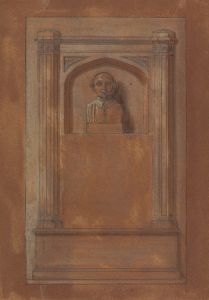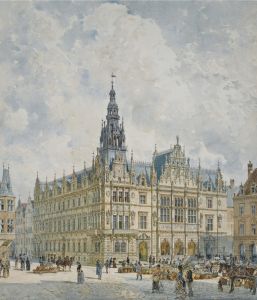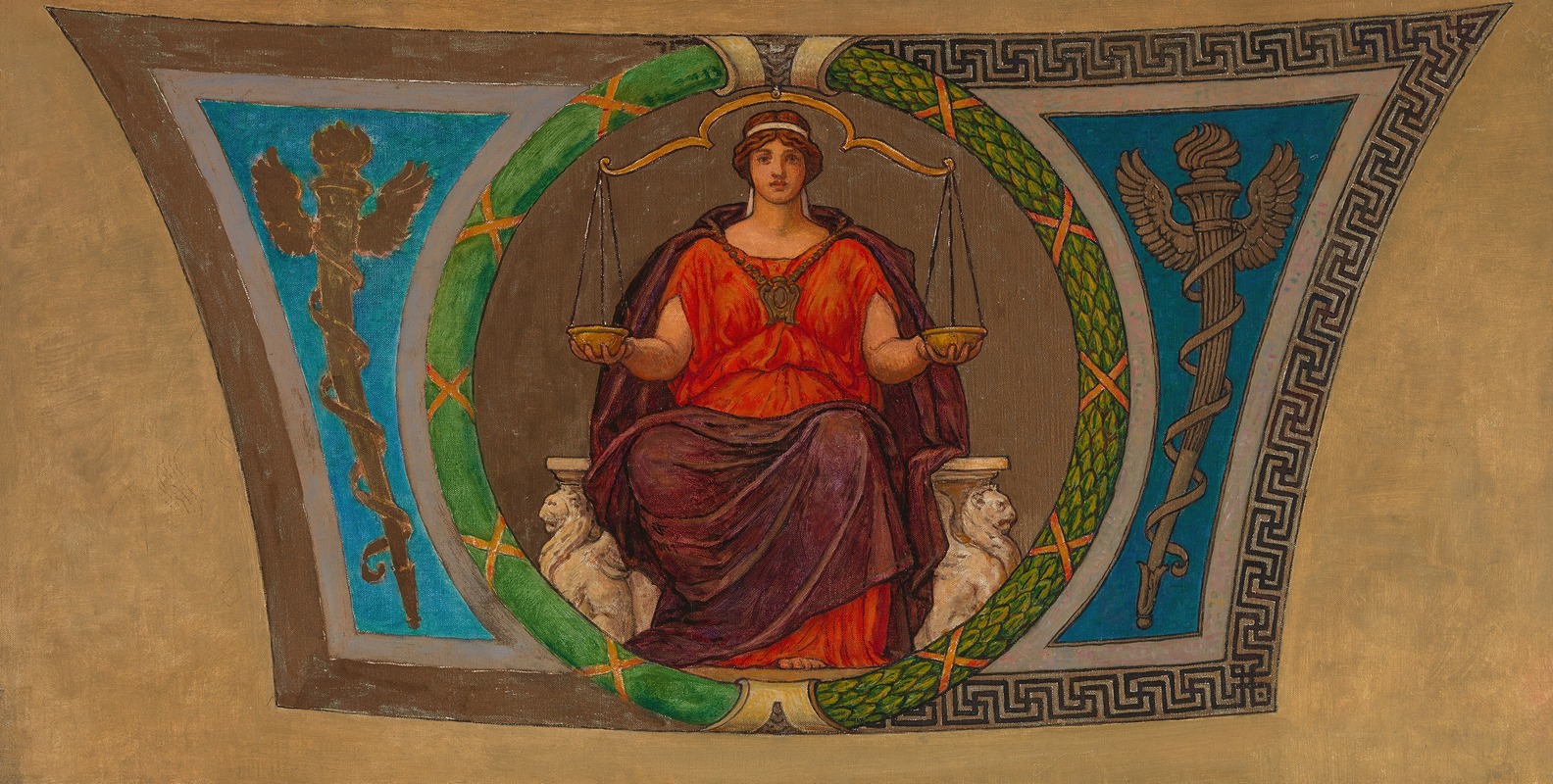
Sketch for Mosaic, Wisconsin State Capital, ‘Justice’
A hand-painted replica of Kenyon Cox’s masterpiece Sketch for Mosaic, Wisconsin State Capital, ‘Justice’, meticulously crafted by professional artists to capture the true essence of the original. Each piece is created with museum-quality canvas and rare mineral pigments, carefully painted by experienced artists with delicate brushstrokes and rich, layered colors to perfectly recreate the texture of the original artwork. Unlike machine-printed reproductions, this hand-painted version brings the painting to life, infused with the artist’s emotions and skill in every stroke. Whether for personal collection or home decoration, it instantly elevates the artistic atmosphere of any space.
Kenyon Cox was an American painter, illustrator, and writer, known for his murals and decorative works in the late 19th and early 20th centuries. One of his notable works is the "Sketch for Mosaic, Wisconsin State Capitol, ‘Justice’," which is part of a series of artworks created for the Wisconsin State Capitol in Madison, Wisconsin.
The Wisconsin State Capitol, completed in 1917, is renowned for its architectural beauty and the extensive use of murals and mosaics to enhance its interior. Kenyon Cox was among the artists commissioned to contribute to the Capitol's artistic program. His work for the Capitol reflects the neoclassical style that was prevalent in American public architecture and art during this period.
The "Sketch for Mosaic, Wisconsin State Capitol, ‘Justice’" is a preparatory work for a larger mosaic that was intended to adorn the Capitol. As the title suggests, the theme of the artwork is "Justice," a common motif in civic buildings, symbolizing fairness, law, and moral righteousness. Cox's interpretation of Justice would likely have included allegorical figures, a typical feature of his work, which often drew on classical themes and iconography.
Cox's artistic style was heavily influenced by his academic training and his time spent studying in Europe, particularly in Paris at the École des Beaux-Arts. His works are characterized by their classical composition, attention to detail, and the use of allegory to convey deeper meanings. In his murals and sketches, Cox often employed a restrained color palette and precise lines, aiming to achieve a sense of harmony and balance.
The process of creating a mosaic begins with a detailed sketch or cartoon, which serves as a guide for the final piece. This sketch would have been used to plan the composition, colors, and placement of the tesserae, the small pieces of glass or stone used to create the mosaic. Although the sketch itself is a work of art, it is primarily functional, providing a blueprint for the mosaicists who would execute the final design.
Kenyon Cox's contribution to the Wisconsin State Capitol is part of a broader movement in American art known as the American Renaissance, which sought to express national ideals through classical forms and themes. This movement was characterized by a revival of interest in classical art and architecture, and it played a significant role in shaping the aesthetic of many public buildings in the United States during the late 19th and early 20th centuries.
While specific details about the "Sketch for Mosaic, Wisconsin State Capitol, ‘Justice’" may be limited, Cox's work as a whole is well-documented and celebrated for its contribution to American mural painting and public art. His legacy is preserved not only in his completed works but also in the preparatory sketches and studies that reveal his artistic process and vision.






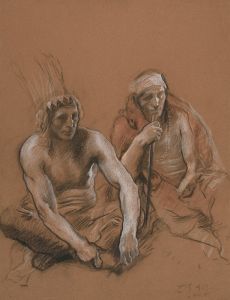
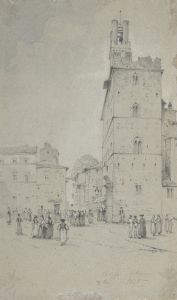
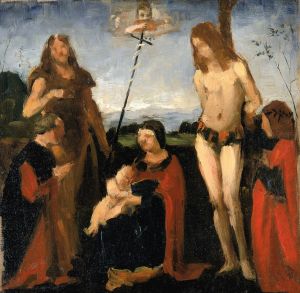
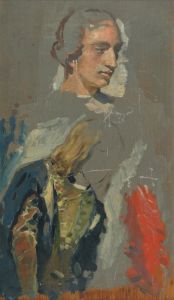
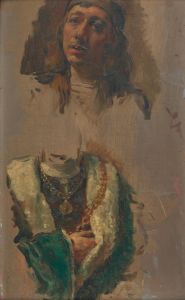
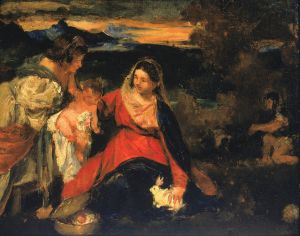
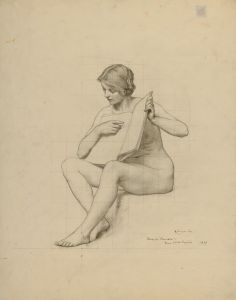
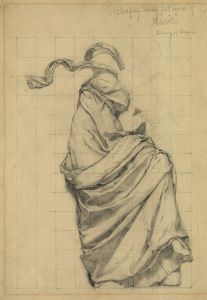
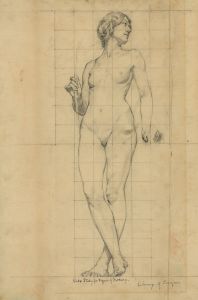
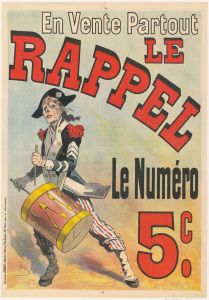
![Proposed treatment for roller rink, Elizabeth, N.J.] [Wall elevations, royal scheme](/imgs/249389/s/winold-reiss-proposed-treatment-for-roller-rink-elizabeth-nj-wall-elevations-royal-scheme-1c7e4bf2.jpg)
